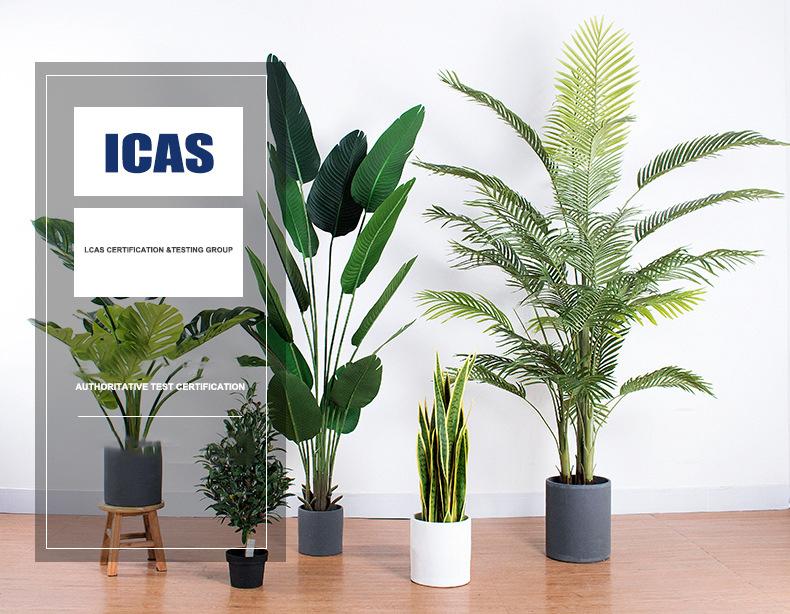Are artificial plants better for the environment?

Artificial Plants and their Impact on the Environment
Artificial plants and greenery have gained popularity as an alternative to natural plants due to their low maintenance requirements, versatility, and long lifespan. However, questions have arisen about the environmental impact of artificial plants and whether they are a better choice for the environment. In this article, we will explore the benefits and drawbacks of artificial plants and their impact on the environment.
Benefits of Artificial Plants
Low Maintenance:
Artificial plants require little to no maintenance, making them a convenient choice for busy individuals and those with brown thumbs. They do not need to be watered, pruned, or exposed to sunlight, which saves time and resources.
Long Lifespan:
Artificial plants have a long lifespan, which reduces the need for frequent replacements. They do not die, wilt, or become infested with pests, ensuring that they retain their appearance for many years.
Versatility:
Artificial plants can be placed in a variety of environments, including spaces with low or artificial light, which is not possible with natural plants. They can also be used in areas with extreme temperatures, such as a hot office or a cold basement, which would not be suitable for natural plants.
Cost-Effective:
Artificial plants are a cost-effective alternative to natural plants, especially when considering the cost of maintenance and replacements. They are also a good choice for those who do not have access to a garden or outdoor space.
Drawbacks of Artificial Plants
Environmental Impact of Production:
Artificial plants are typically made from plastic or other synthetic materials, which are not biodegradable and can harm the environment if not disposed of properly. The production process for Other artificial trees and plants also consumes energy and resources, contributing to pollution and greenhouse gas emissions.
Lack of Ecological Benefits:
Artificial plants do not provide the same ecological benefits as natural plants, such as purifying the air and producing oxygen. They also do not support local ecosystems, such as providing habitats for birds, insects, and other wildlife.
Limited Aesthetic Appeal:
While artificial plants can be made to look realistic, they lack the natural beauty and diversity of real plants. They also do not change with the seasons, making them less appealing to those who enjoy the natural beauty of gardens and landscapes.
Conclusion
Artificial plants have both benefits and drawbacks when it comes to their impact on the environment. They are low maintenance, versatile, and cost-effective, but they also contribute to environmental problems through their production and lack of ecological benefits.
It is also important to consider the environmental impact of both artificial and natural plants throughout their lifecycle, from production to disposal. Steps can be taken to minimize the environmental impact of artificial plants, such as choosing products made from recycled materials and properly disposing of them at the end of their lifespan.



